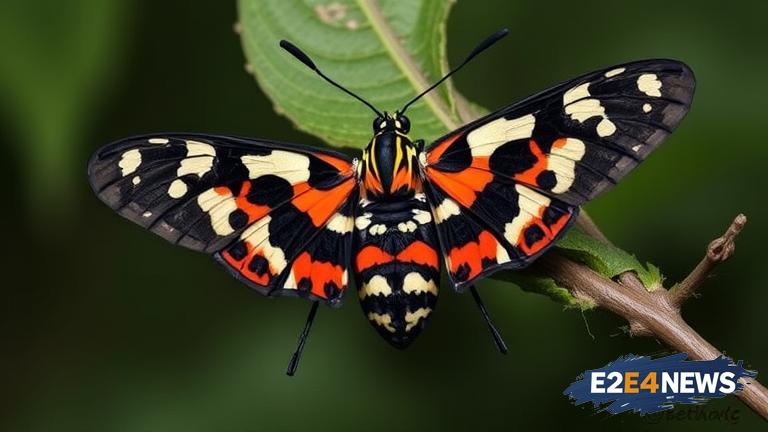The spotted lanternfly, a notorious invasive species, has made a comeback in Westchester, sparking worries among residents, farmers, and environmentalists. Native to Asia, the spotted lanternfly was first detected in the United States in 2014 and has since spread to several states, including New York. The insect’s return has significant implications for the local ecosystem, as it feeds on the sap of trees and plants, causing damage and disrupting the food chain. The spotted lanternfly’s favorite hosts include oak, maple, and pine trees, as well as grapevines and other crops. To manage the invasive species, residents are advised to inspect their properties for signs of infestation, such as egg masses, nymphs, and adults. The New York State Department of Environmental Conservation (DEC) recommends reporting any sightings to the authorities. Additionally, the DEC suggests taking steps to prevent the spread of the spotted lanternfly, including checking vehicles and gear for the insect before traveling. Farmers and gardeners are also encouraged to use integrated pest management techniques, such as introducing natural predators and using insecticides. The spotted lanternfly’s impact on the environment is multifaceted, affecting not only trees and plants but also the animals that depend on them. For example, the insect’s presence can alter the composition of forest ecosystems, leading to a decline in biodiversity. Furthermore, the spotted lanternfly’s sap-feeding habits can weaken trees, making them more susceptible to disease and pests. In response to the invasive species’ return, local authorities are launching public awareness campaigns to educate residents about the risks associated with the spotted lanternfly. The campaigns will focus on prevention, detection, and management strategies, as well as the importance of reporting sightings. Moreover, researchers are working to develop effective control methods, including biological and chemical controls. The spotted lanternfly’s resurgence serves as a reminder of the need for vigilance and cooperation in managing invasive species. By working together, residents, farmers, and environmentalists can help mitigate the impact of the spotted lanternfly and protect the local ecosystem. In the long term, the goal is to eradicate the invasive species and restore the balance of the environment. The spotted lanternfly’s return also highlights the importance of monitoring and surveillance in detecting and responding to invasive species. Early detection is crucial in preventing the spread of the insect and minimizing its impact on the environment. As the situation continues to unfold, residents are advised to remain vigilant and report any sightings to the authorities.
